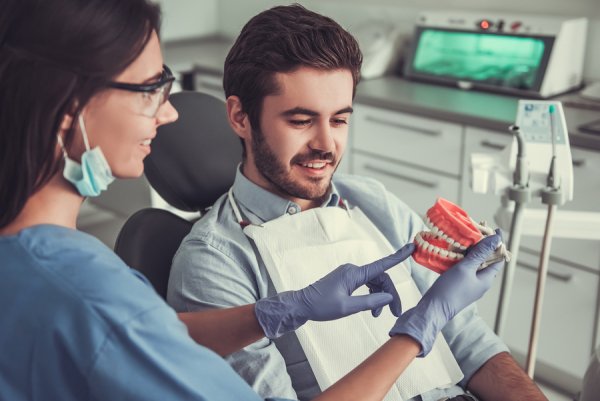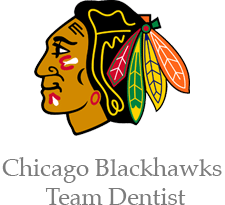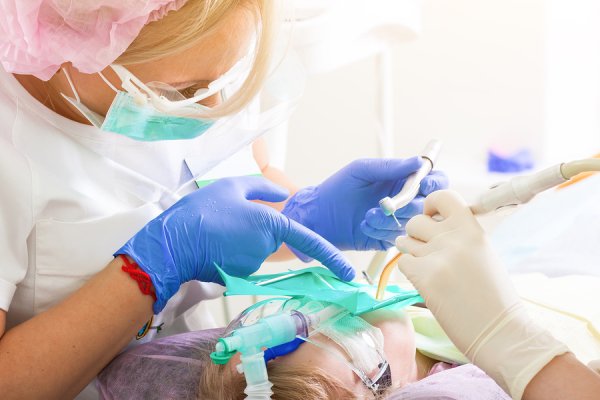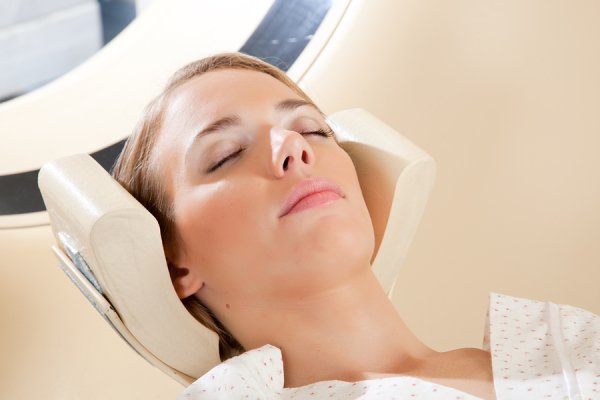
The Trefoil system is fast transforming the way dentists think about implants. University Associates in Dentistry is proud to make Trefoil dental implants from Nobel Biocare available to our patients. Here is what you need to know about Trefoil dental implants and how they differ from the implants of the past.
What makes Trefoil dental implants so innovative?
Previously, dental implants were placed by surgically implanting a post, waiting for it to heal, and then placing a replacement tooth. Trefoil implants actually allow a full arch of teeth to be placed in a single appointment. Trefoil uses a prefabricated framework that fits snugly over three implants, which can be placed in a single day.
What makes Trefoil implants a preferable choice?
Trefoil implants speed up the implant process by removing the necessity for waiting three to six months for the posts to heal in the patient’s mouth. The one-day process is more convenient for patients and dentists alike. The implants are also adjustable, so they can be made to fit each patient as precisely as possible. Patients can count on having stable, secure, and natural-looking replacements for their teeth.
Am I a good candidate for Trefoil implants?
Trefoil dental implants are an excellent option for patients who need a full replacement of their lower set of teeth. Patients should be adults, be in good health, and have a stable jawbone. If you have despaired of being able to replace your lower arch of teeth in a fast and cost-effective way, Trefoil implants are the state-of-the-art solution you’ve been waiting for.
University Associates in Dentistry is dedicated to providing all of our patients with the same level of high-quality service. We have been in practice in the Chicago area for more than a quarter-century, and we are continually working to update our services to keep them up-to-date. For a complimentary consultation at our office, call us today at (312) 704-5511.




